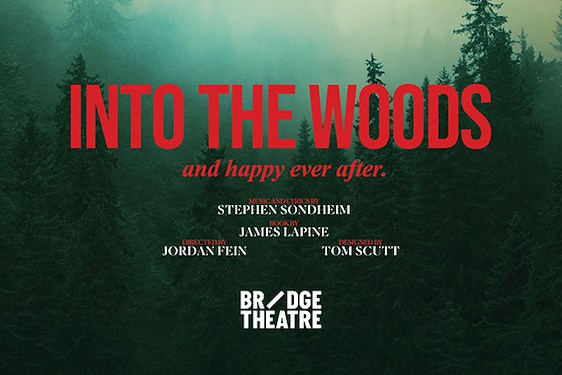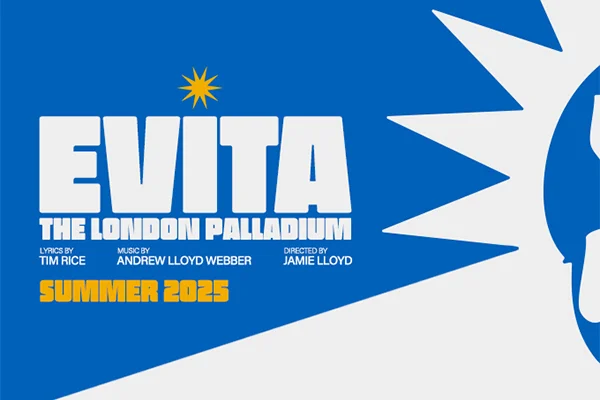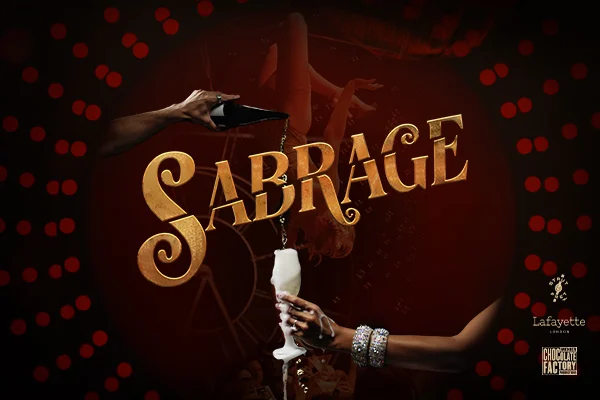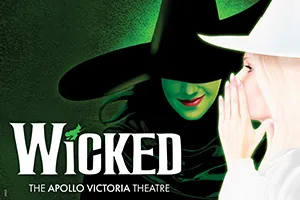If you haven't seen 1927 before, you should do so – their productions are magical. The story for this show is based on Suzanne Andrade's (writer and director) own childhood experiences of her father's time in prison. Tackling this topic from the point of view of the children and parents, with sympathy and deep understanding, is unusual; and a much welcomed expansion of empathy.
Elegance, ingenuity, surprise and delight
In famous 1927 style the show does not use sets but instead the actors perform against an animated projection. The result is to combine film animation with theatre. Warning: this summary does not do justice to the elegance, ingenuity, surprise and delight of the effects created!
Add to this, the company has a consistent ability to find remarkably talented performers. The actors are simply brilliant – singing, dancing and creating a rapport with the audience, while always remaining on ‘spike’ (being correctly lined up with the projection). And on my rough count the four actors must play well over 30 characters between them.
This show is suitable for both adults and children (recommended 10+). It would not be suitable for younger children as there is an unnerving sinister side – the audience enters to be greeted by two silent, unhappy children and a black and white all-seeing pulsing eye. This relates to the subplot involving a fictional (I hope!) school for the children of prisoner inmates which is used as a device to highlight society’s contrasting attitudes to the criminal ‘underclass’ and their children. Parents also need to bear in mind the show is long – 1 hour 45 minutes, including a short interval.
The show is based around the tall stories the father writes to his young daughter and son from prison as a way of keeping engaged with his children while insulating them from the truth of his absence, and as a means of mental escape for himself. In contrast, the monochrome school and its agent emphasise 'the useful' and despise the colourful imaginations of the children.
Fortunately, there is a happy ending – although the finale is tempered with a pointed sense of realism. This is not Disney: in the end, the world is not made better; instead, the family must deal with the hand they have been dealt through the power of imagination and love – and at least for moments, they find that this is enough.


















